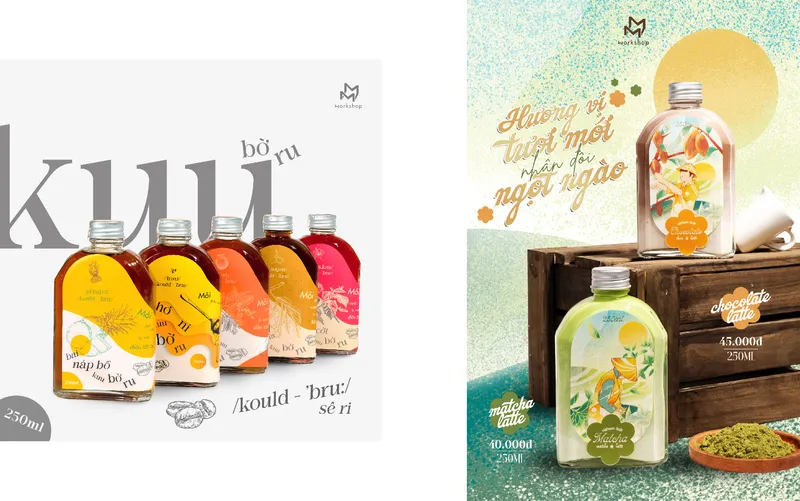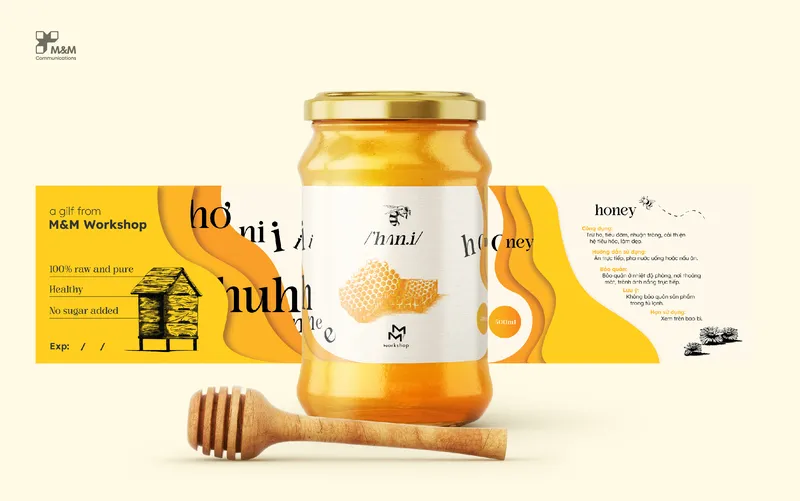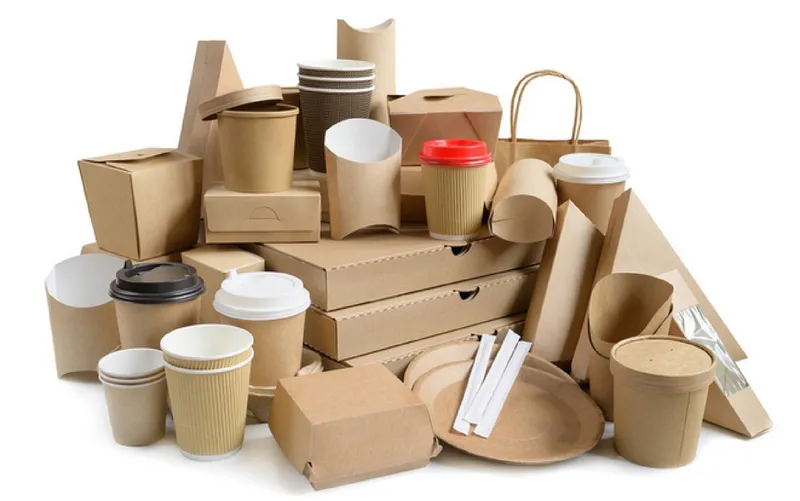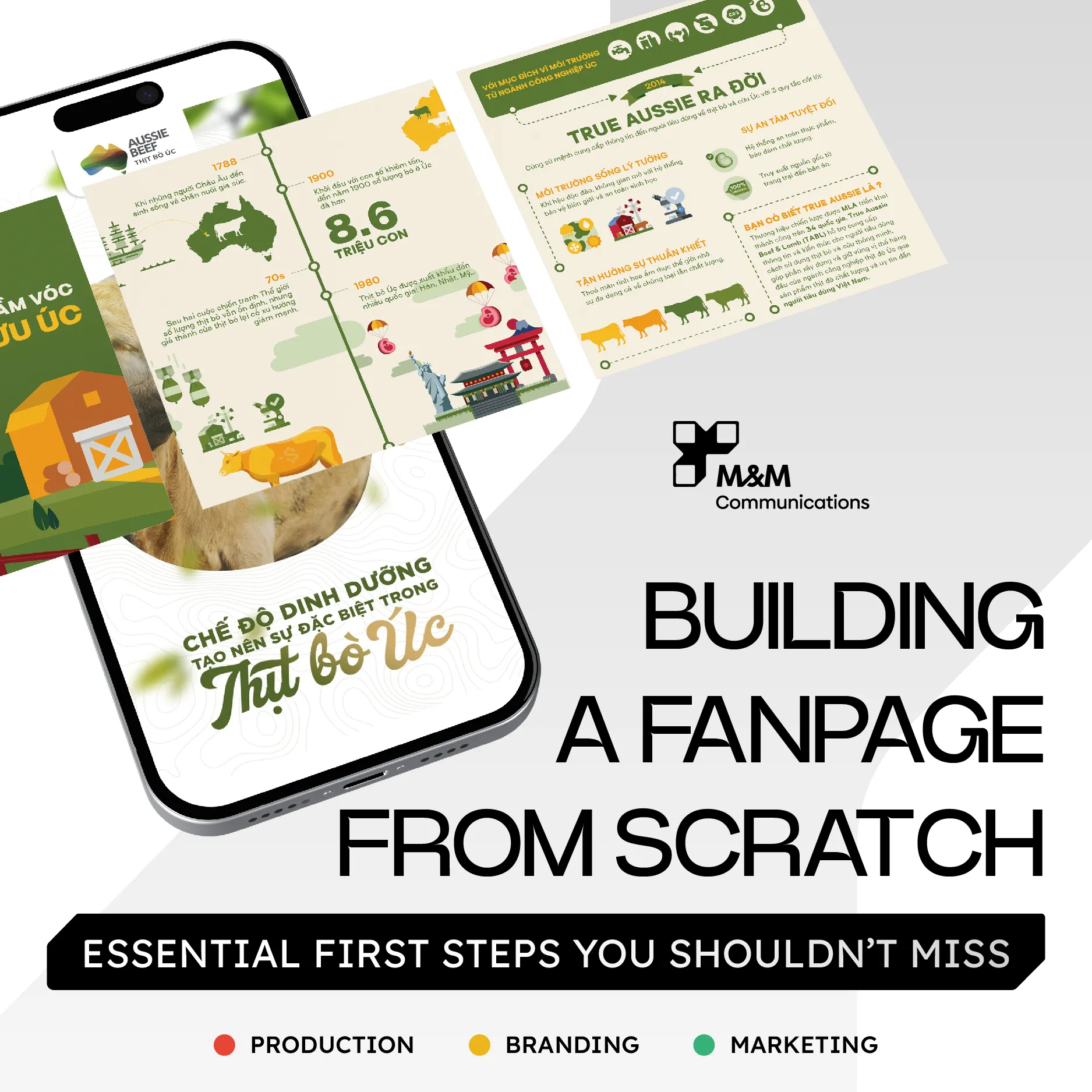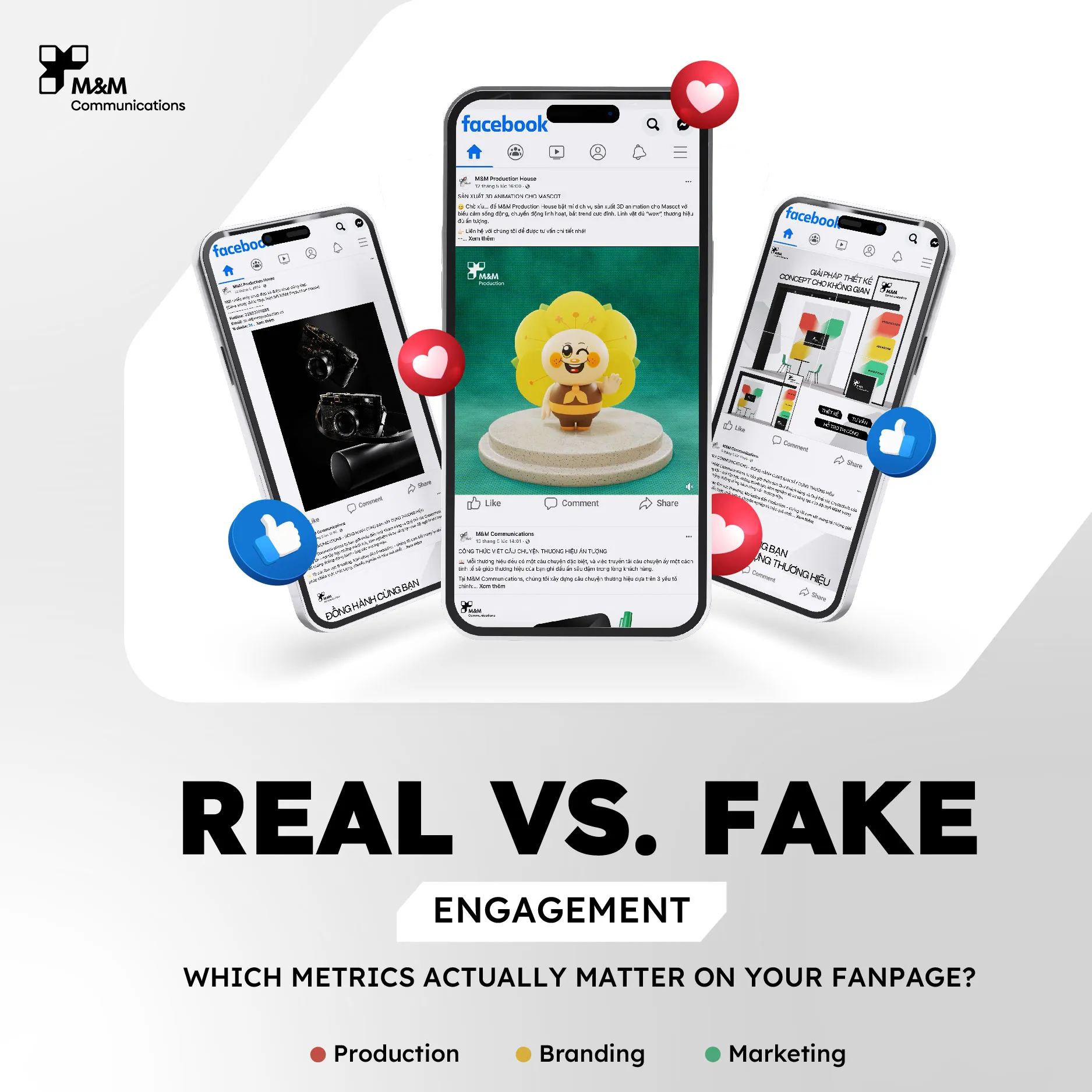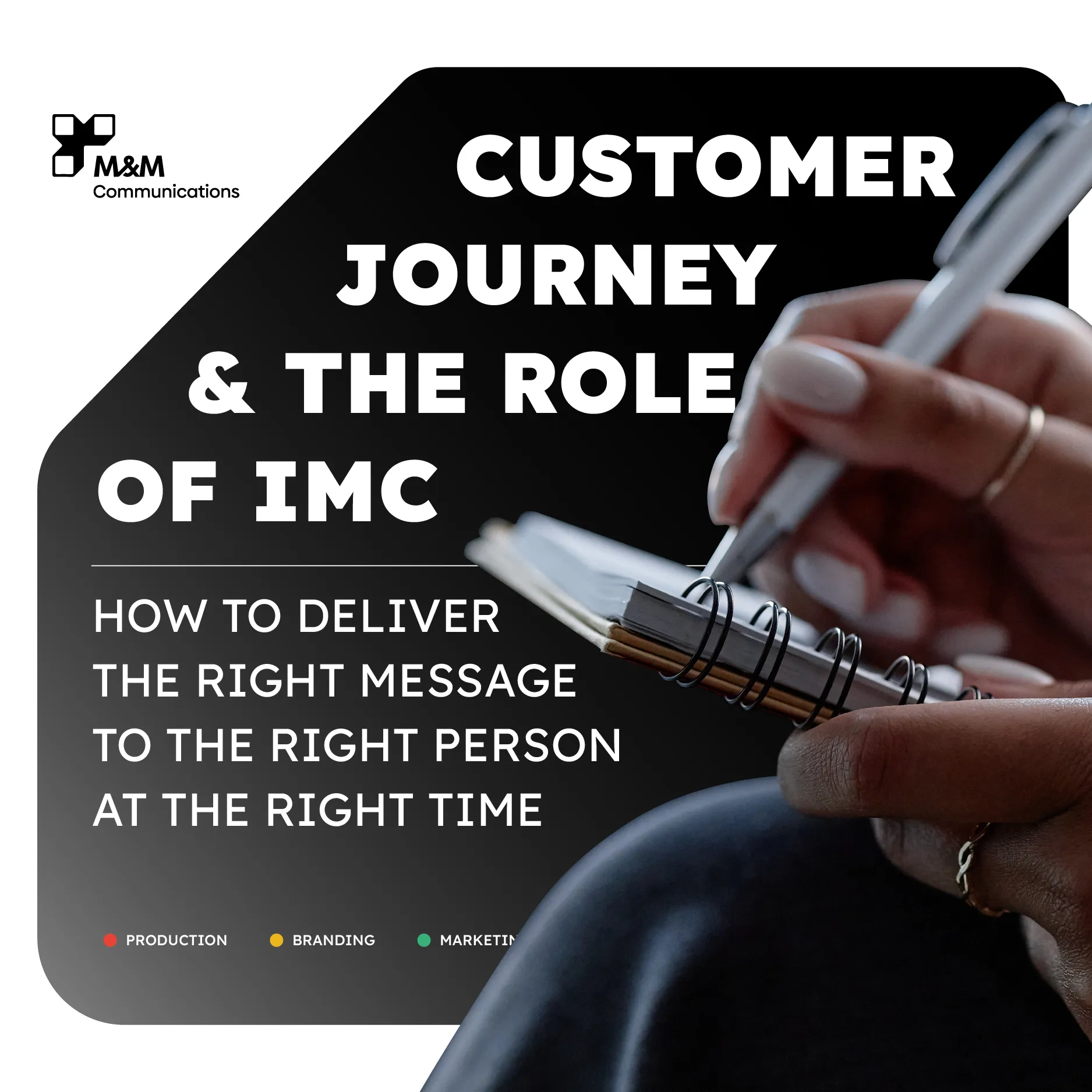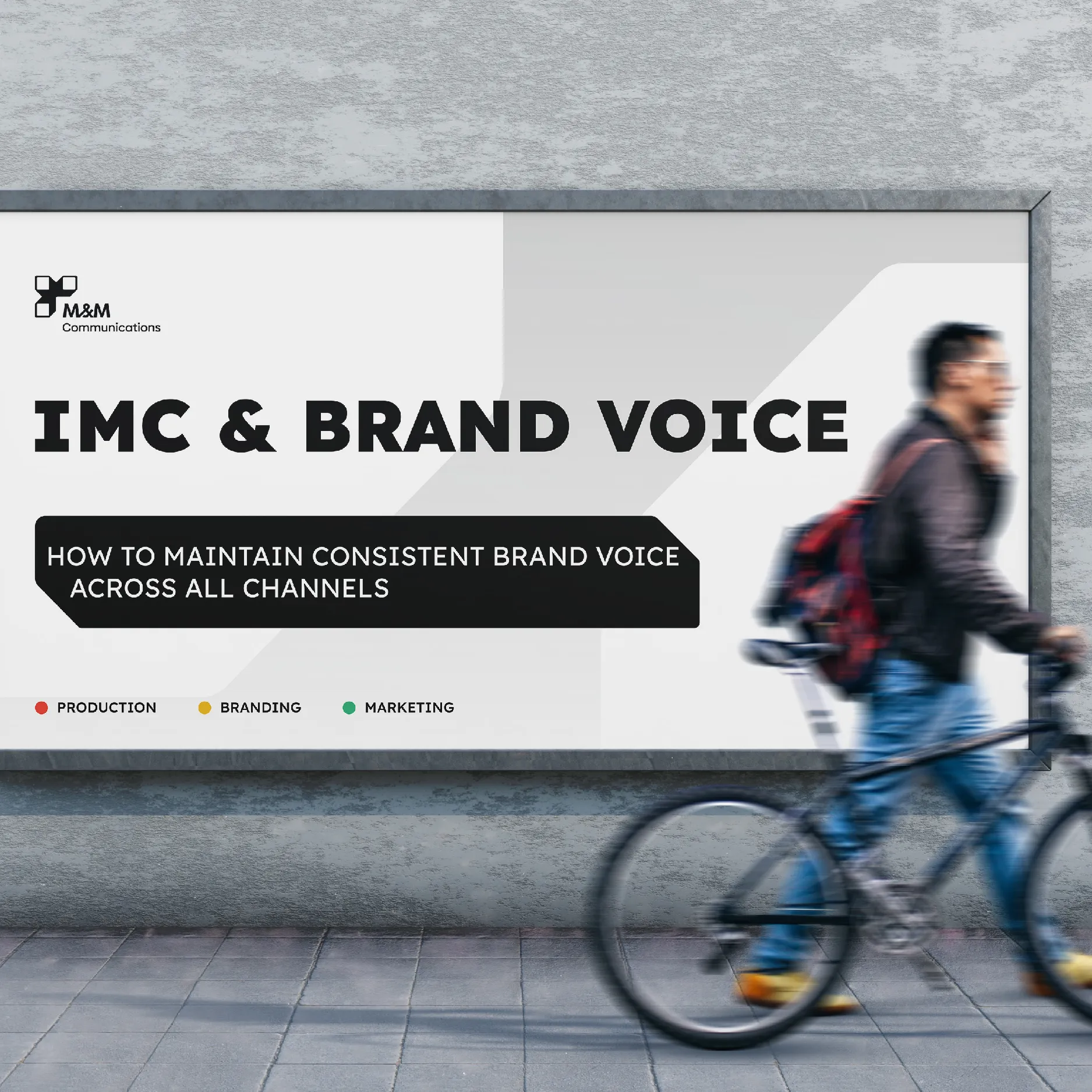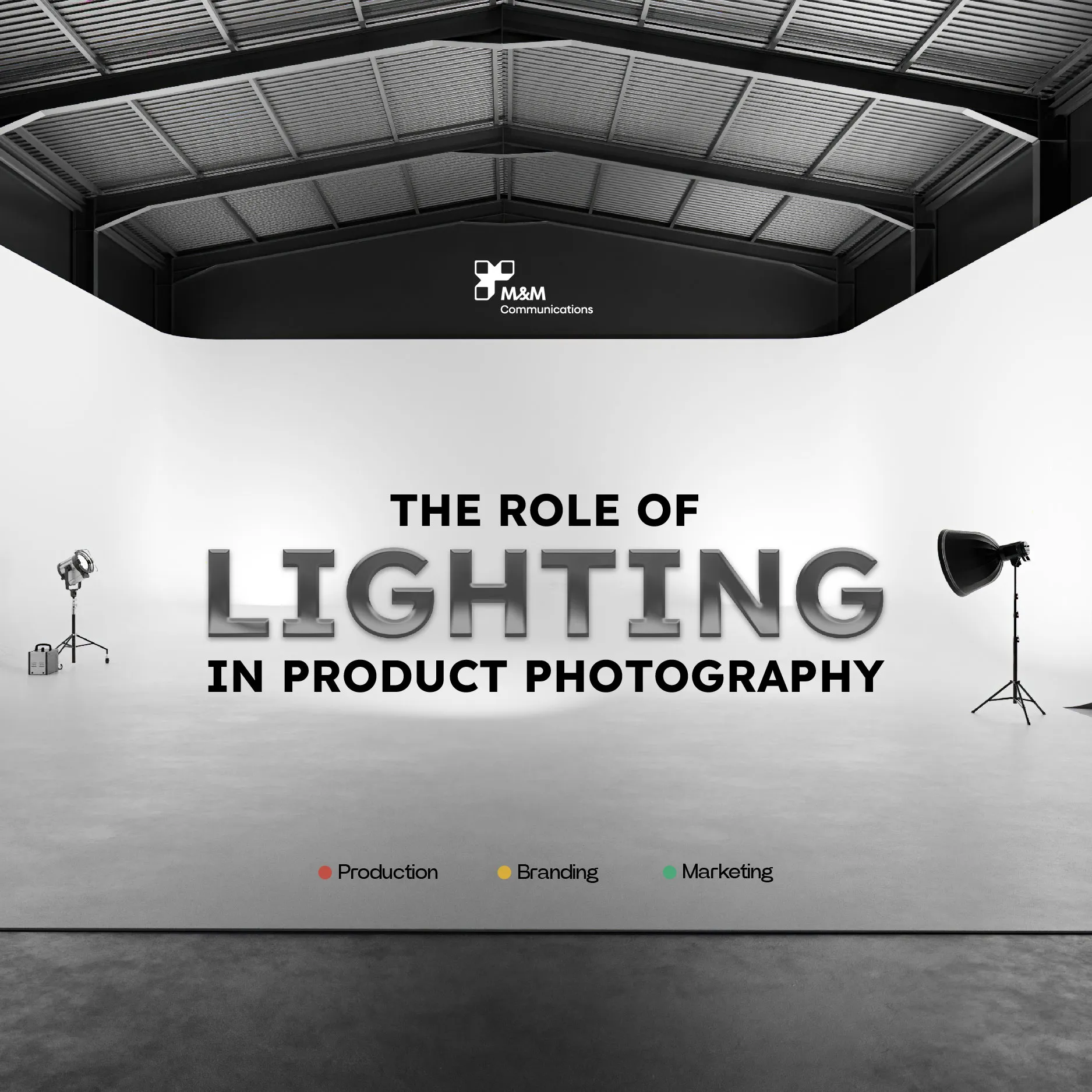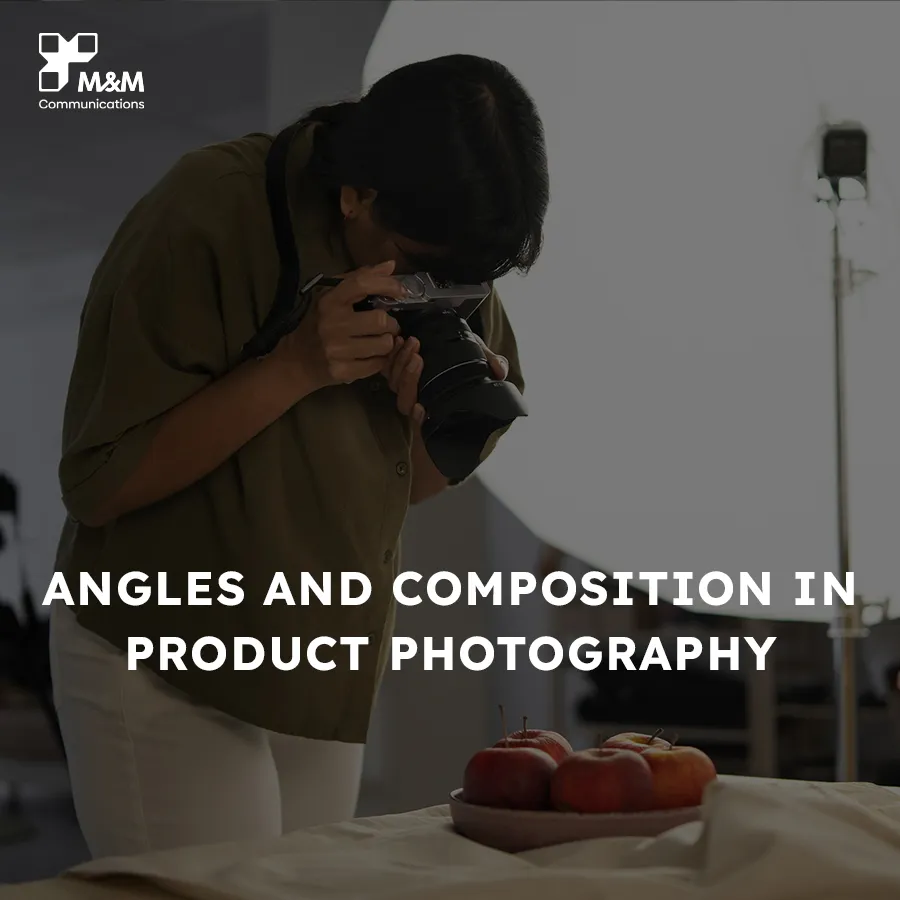
According to research data, over 30% of customers make purchasing decisions based on product packaging design. Moreover, 52% of customers indicate they are likely to repeat a purchase from a company if they perceive the product to be packaged in an appealing manner. This highlights the significant role that product packaging plays in marketing and its potential to significantly impact sales figures. To gain a more comprehensive understanding of the importance of packaging design, let's explore further with M&M Communications!
What is Packaging Design?
To grasp the concept of packaging design, we can start from the idea of visual design. Similar to graphic design, packaging design is the process of combining colors, images, and fonts to convey information to customers, serving the marketing process of a business or brand's products. However, packaging design also requires these elements to be suitable for the shape, structure, and material of the product packaging.
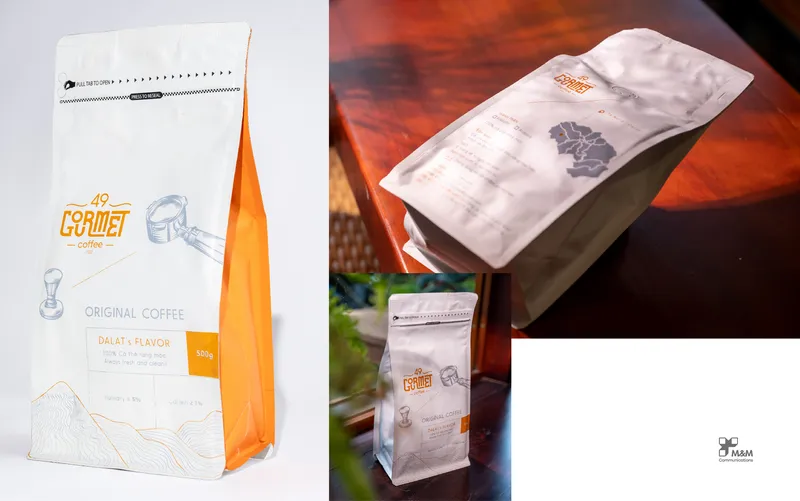
Why Packaging Is as Important as the Product?
In a market flooded with similar products, how do you differentiate yours from competitors? Effective packaging design is the answer.
Attracting Consumers
Packaging is crucial in grabbing customers' attention. An appealing design with eye-catching images and colors can create a positive impression and stimulate curiosity among customers. This may prompt them to investigate the product further and even make a purchase decision.
Brand Recognition
Brand recognition plays an indispensable role in building and strengthening a brand. Product packaging is a critical part of a business's brand recognition system, serving as a key player in conveying the brand message to customers. The customer's buying process often follows a reverse direction, starting from the packaging, then moving to the product, and finally culminating in brand recognition. Designing excellent packaging ensures that this process is efficient and swift.
The reverse process occurs when a customer purchases your product, starting with the recognition of the brand from the packaging to the product, and finally ending back with the brand. Designing good packaging helps this process to be more efficient and faster.
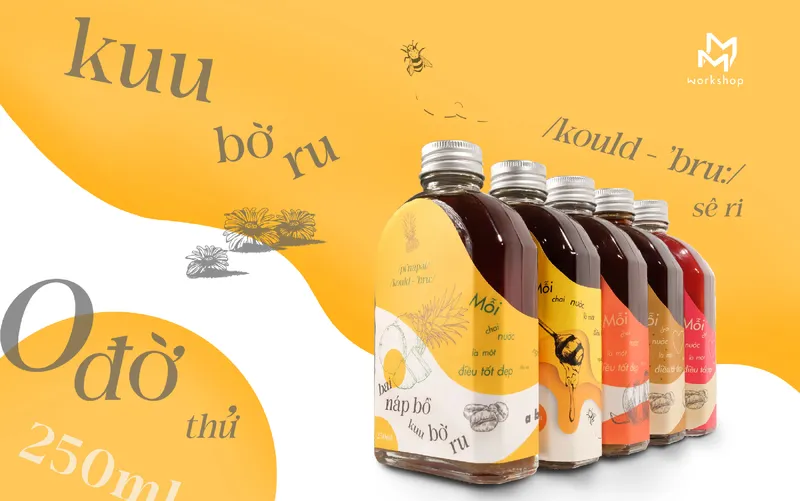
Conveying Information
Packaging acts like an exhibition booth where you can fully showcase all the advantages of your product. Initially, customers may just stop by to browse, but if the packaging provides information about the product that meets their criteria and makes them feel satisfied, consumers will be ready to open their wallets to make a purchase from the business. Good packaging is not only attractive in design but also rich in the information customers desire to learn about.
Real-World Application and Utility
Benefits such as attracting customer attention, building brand identity, and conveying information to customers are advantages that product packaging brings, but these are only benefits that arise after the packaging is created. Fundamentally, product packaging is a tool that supports the processes of protection, storage, and transportation of products, ensuring that the product maintains its shape and quality when it reaches consumers. However, with the advancement of the times, packaging is not only diverse in shape and material but has also become an integral part of marketing strategies. Therefore, the design of packaging increasingly requires more investment and meticulous research.
The Creative Journey: From Idea to Shelf Impact
An eye-catching product packaging design on the shelf is not just about a unique and attractive design idea. The process to create effective packaging design involves more than that.
Product and Business Research
This is a crucial process before embarking on packaging design. Product research includes understanding the product, its usage, target audience, and their usage habits. Meanwhile, business research involves understanding factors such as colors, logos, brand identity, and the values that the business wants to convey to customers. Through this process, you can create packaging that is suitable for users, ensuring the effectiveness and attractiveness of the product, while also building brand recognition for the business.

Determining Packaging Content
Packaging content comprises elements such as images, colors, and textual information. These elements include basic information such as product name, purpose of use, usage instructions, ingredients, and expiration date. Depending on the product's objectives, this information can be expanded or streamlined to ensure the packaging's effectiveness. Defining packaging content helps in easier allocation of layout between components, avoiding situations where images and colors dominate excessively, compromising the clarity of conveyed information and vice versa.
Choosing Suitable Packaging Types
Selecting the appropriate packaging type is a crucial part of the packaging design process. Packaging types can be categorized based on shapes such as boxes, bottles, pouches, or based on materials used such as wood, plastic, fabric, etc. Each shape and material suits different products. Choosing the right packaging type not only ensures product quality but also helps designers calculate the area for allocating images and content, avoiding issues such as information being obscured by folds of packaging or uneven distribution of images and information due to mismatched packaging design.
Arranging Content and Images
The layout of images and content on product packaging is a critical factor in how customers perceive and evaluate products, potentially influencing their purchasing decisions. Choosing a layout that aligns with materials, colors, and product type is a decision that requires careful consideration to create uniqueness and attractiveness for the product. This helps the product stand out and differentiate itself in a diverse market with many similar products.
If your business desires impactful packaging designs that harmoniously integrate design elements with materials and structure, please contact us at M&M Communications. We are always ready to assist you.
Conclusion
With the advancement of the era, product packaging transcends its traditional roles of containment, transport, and storage, offering more benefits to businesses. To achieve excellent packaging, businesses need to invest in the process of product packaging design because perhaps your business's product packaging will immediately captivate customers from their very first glance.
